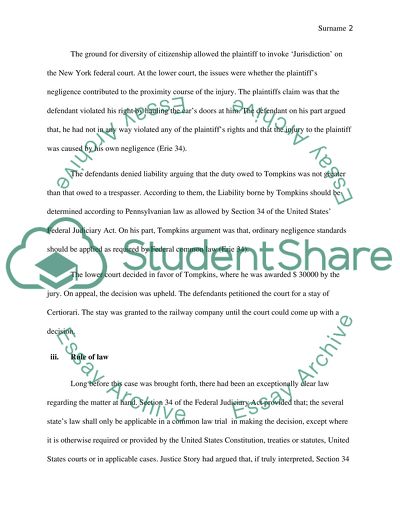Cite this document
(Supreme Court of the United States Case Study Example | Topics and Well Written Essays - 1362 words, n.d.)
Supreme Court of the United States Case Study Example | Topics and Well Written Essays - 1362 words. Retrieved from https://studentshare.org/law/1584636-business-law-case
Supreme Court of the United States Case Study Example | Topics and Well Written Essays - 1362 words. Retrieved from https://studentshare.org/law/1584636-business-law-case
(Supreme Court of the United States Case Study Example | Topics and Well Written Essays - 1362 Words)
Supreme Court of the United States Case Study Example | Topics and Well Written Essays - 1362 Words. https://studentshare.org/law/1584636-business-law-case.
Supreme Court of the United States Case Study Example | Topics and Well Written Essays - 1362 Words. https://studentshare.org/law/1584636-business-law-case.
“Supreme Court of the United States Case Study Example | Topics and Well Written Essays - 1362 Words”, n.d. https://studentshare.org/law/1584636-business-law-case.


